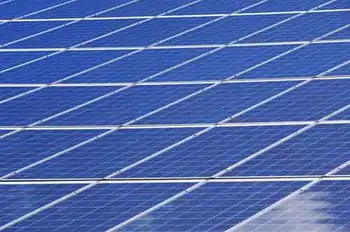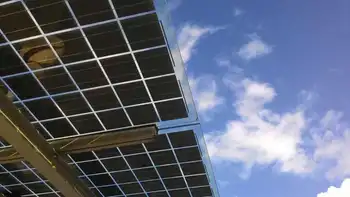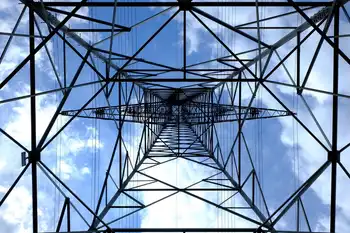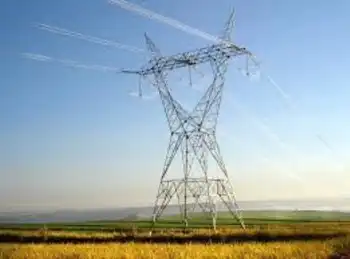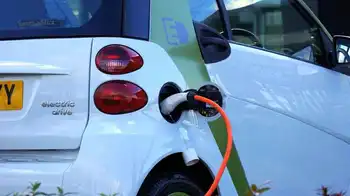Pads radiate warmth
By National Hog Farmer
Substation Relay Protection Training
Our customized live online or in‑person group training can be delivered to your staff at your location.

- Live Online
- 12 hours Instructor-led
- Group Training Available
The challenge of keeping pigs warm and cozy during the two most stressful events in their lives - birth and weaning - has taken a new twist. A Canadian manufacturer has turned to hot water heat as an alternative to electric heat pads and heat lamps.
John Lichti, co-owner of Cozy Creep, an Ontario-based manufacturing company, began experimenting with hot water heating back in 1996.
The Cozy Creep underfloor heating system offers a low-temperature (84°F - 95°F) heat that warms the floor beneath the farrowing crate by circulating hot water through a maze of pipes encased in the concrete slab (or concrete overpour). A circulating pump returns the cooler water to the heat source where it is reheated in a closed-loop system.
Various forms of energy - natural gas, oil, propane, biofuel or electricity - can be used to power the hot water heater. Geothermal is perfectly suited for such applications, too, says Lichti.
In Lichti's first system, the hot water pipes were installed when the new concrete barn floors were poured.
“It worked extremely well,” he says. “The problem with pouring it in place is that it's labor intensive. The concrete has to be handled and finished properly. You need a plumber, welders, carpenters and concrete people. Everything has to fit together, so it was fairly expensive from a capital standpoint.”
Lichti had plans to expand his hog operation and wanted to retrofit an older barn. The cost for a concrete overpour was prohibitive, so he came up with a modular design. Pipes are pre-cast into 2x4 ft. concrete pads designed so they can be inserted into existing farrowing crate creep areas or nursery pens. Tubing is designed so 20-30 farrowing crates can be linked in a single, closed-loop system.
Because the pads are factory made, quality is consistent and installation is easy because pipes come out to the edge, says Lichti.
“All you have to do is hook up a pipe to the one coming out of the pad and run it to the next pad. Since one control system can handle a loop of 20 to 30 crates it's great for retrofits,” he adds.
Each two-and-a-half inch-thick concrete pad is treated with silica fume - the same technology being used on bridges. “It keeps salt from seeping into the concrete,” he explains. “It has a high ash content and it changes the particle size, making them very small so water doesn't seep in when the pads are washed with high pressure washers.”
An added advantage over hanging heaters with blower fans is the heat radiates from the floor up to the pigs' lying surface, minimizing drafts and circulating dust.
The first 30 units were tested in Lichti's barn.
“Since you're just heating the surface where the pig lays, you can keep the ambient temperature in the room quite a bit lower when using radiant heat,” says Lichti. “How much lower depends on your management style, but it could be as much as 10-12°F. lower for a 3-week old pig in a nursery.”
Lichti compared radiant heat against convection heating for 2,600 litters in an informal trial. His data showed that the weaning weight increased by 18% and preweaning mortality was significantly reduced - dropping from more than one pig/litter down to just over a half pig/litter.
Lichti says a practical advantage of the hot water pads is it eliminates the risks of malfunctioning, overheating or shocks from electric heat pads or heat lamps. And, they are competitively priced with electric heat pads, he adds.
“When it comes time to wash up, there's nothing in the way,” he says. “It's what clients comment on the most.”
Lichti estimates about 1.5 million Canadian piglets have been weaned on CozyCreep heat pads every year since 2001. The heat pads received Ontario's Agri-Food Industry Innovations Award in 2006.
Most units are currently being sold in Ontario and Manitoba, but the company plans to enter the United States market later this year.





